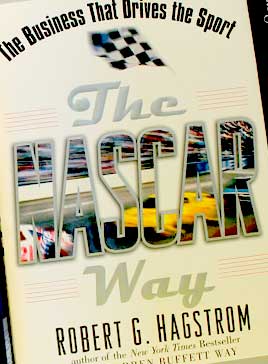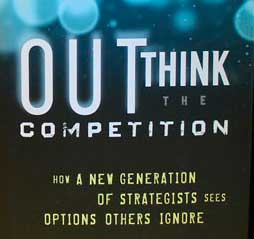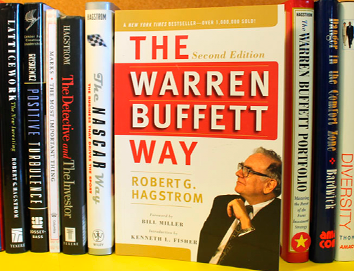


The final editorial step is copyediting. A copyeditor is the unsung hero who catches all the mistakes in syntax, grammar, spelling, and punctuation. Who checks for consistency of style, correct word usage, factual accuracy, correct presentation of references and bibliographies. Who codes the manuscript elements to aid the book designer. All the fine-point details that ultimately give the reader a good reading experience. It does sometimes happen that one person does both line editing and copyediting, but as they take different skill sets, this is not considered ideal.
The very last guard against errors is the proofreader. The proofreader is responsible to verify that the final manuscript, after having been edited at all the various levels of attention, is accurately converted into the printed page. In earlier times, this meant checking proofs from the typesetter against the marked-up manuscript. Today, with most book production using instead conversion from a digital text file, proofreaders tend to serve more as a last-step check for accuracy; they often catch mistakes that have slipped past everyone else. Many people, especially freelancers, offer their services as both proofreader and copyeditor, although when one person does both tasks on the same project, that’s just asking for trouble.


